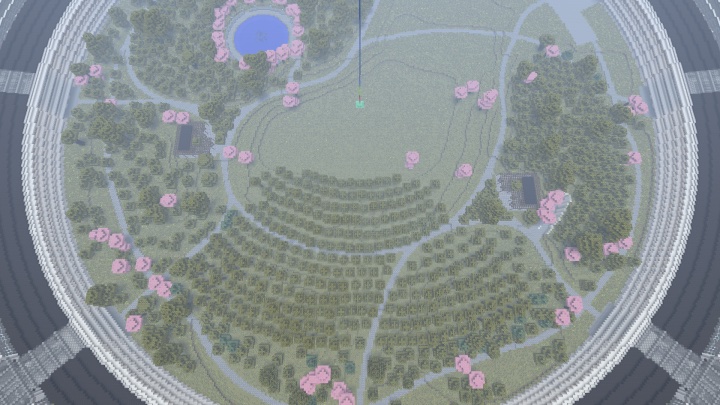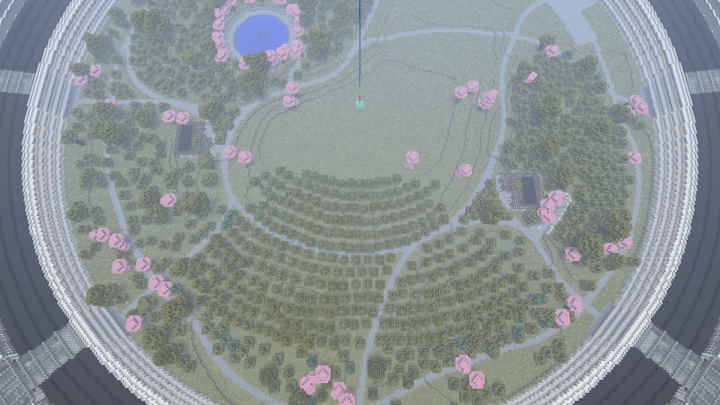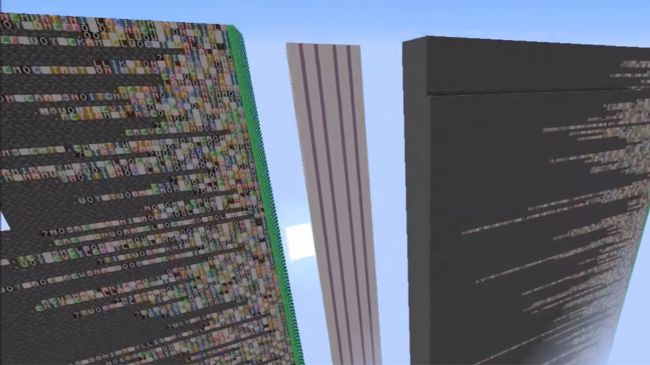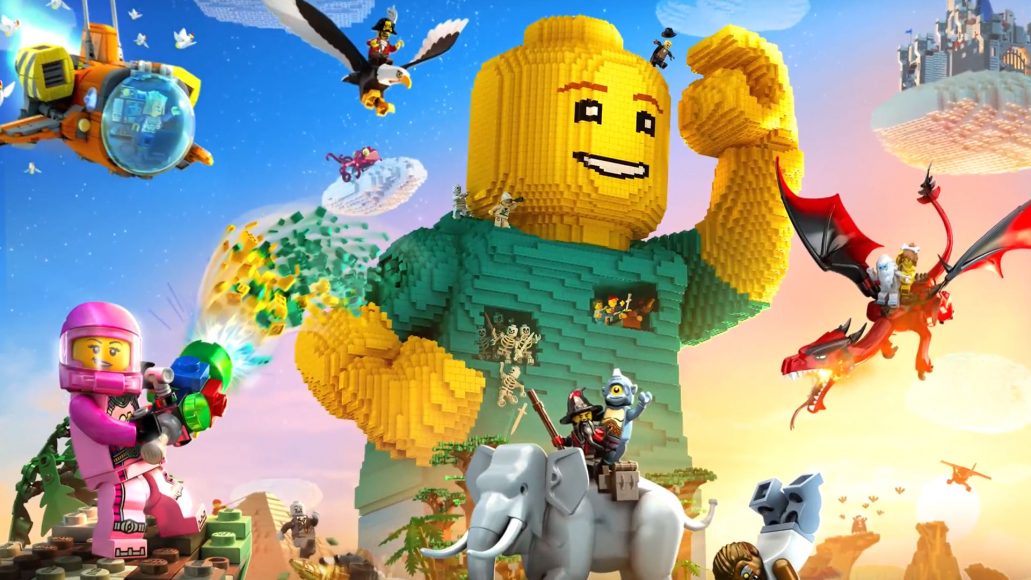A University of Texas at Dallas team is exploring whether teaching real-world science through a popular computer game may offer a more engaging and effective educational approach than traditional concepts of instruction.
In an article recently published in Nature Chemistry, a UT Dallas team — including a materials scientist, two chemists and a game design expert — describes how a group of 39 college students from diverse majors played an enhanced version of the popular video game “Minecraft” and learned chemistry in the process, despite being given no in-class science instruction.
Dr. Walter Voit led the team that created “Polycraft World,” an adaptation or “mod” for “Minecraft” that allows players to incorporate the properties of chemical elements and compounds into game activities. Using the mod and instructions provided on a Wiki website, players can, for example, harvest and process natural rubber to make pogo sticks, or convert crude oil into a jetpack using distillation, chemical synthesis and manufacturing processes.
“Our goal was to demonstrate the various advantages of presenting educational content in a gaming format,” said Voit, a materials science and engineering professor in the Erik Jonsson School of Engineering and Computer Science. “An immersive, cooperative experience like that of ‘Polycraft World’ may represent the future of education.”
Crafting a Teaching Tool
Dr. Ron Smaldone, an assistant professor of chemistry, joined the project to give the mod its accuracy as a chemistry teaching tool. Dr. Christina Thompson, a chemistry lecturer, supervised the course in which the research was conducted, and joined Smaldone in mapping out assembly instructions for increasingly complex compounds. Voit spearheaded a team of programmers that spent a full year on development of the platform.
“Eventually, we got to the point where we said, ‘Hey, we can do something really neat with this,'” Voit said. “We could build a comprehensive world teaching people materials science.”
For Smaldone and Voit, much of the work was finding in-game objectives that provided a proportional difficulty-reward ratio — worth the trouble to build, but not too easy.
“If the game is too difficult, people will get frustrated. If it’s too easy, they lose interest,” Voit said. “If it’s just right? It’s addicting, it’s engaging, it’s compelling.”
Thompson and Smaldone produced more than 2,000 methods for building more than 100 different polymers from thousands of available chemicals.
“We’re taking skills ‘Minecraft’ gamers already have — building and assembling things — and applying them to scientific principles we’ve programmed,” Smaldone said.
Some of the “Polycraft World” gamers became surprisingly proficient in processes for which they had no prior instruction, Voit said.
“We’ve had complete non-chemists build factories to build polyether ether ketones, which are crazy hard to synthesize,” he said. “The demands of the one-hour-a-week class were limited, yet some students went all-out, consuming all this content we put in.”
Dr. Monica Evans, an associate dean for graduate programs and associate professor in the School of Arts, Technology, and Emerging Communication, is a co-author of the paper and leads the University’s game design program, which is ranked as one of the top programs in the country by The Princeton Review.
“It’s quite difficult to make a good video game, much less the rare good game that is also educational,” Evans said. “The ingenuity of the ‘Polycraft’ team is that they’ve harnessed the global popularity of an existing game, ‘Minecraft,’ and transformed it into something that is explicitly educational with a university-level subject.”
Classroom Instruction Not Included
Voit and Smaldone see “Polycraft World” as an early step on the road to a new format for learning without classroom instruction.
“The games that already exist mostly serve only as a companion to classroom learning,” Smaldone said. “The goal here is to make something that stands alone.”
A significant advantage of using such a tool comes in the volume of data it returns on student performance.
“We can measure what each player is doing at every time, how long it takes them to mix chemicals, if they’re tabbing back and forth to our Wiki, and so on,” Voit said. “It gives us all this extra information about how people learn. We can use that to improve teaching.”
Smaldone agrees: “With traditional teaching methods, I’d walk into a room of several hundred people, and walk out with the same knowledge of their learning methods,” he said. “With our method, it’s not just the students learning — it’s the teachers as well, monitoring these player interactions. Even in chemistry, this is a big innovation. Watching how they fail to solve a problem can guide you in how to teach better.”
Smaldone admits the concept must overcome doubts held by some that gaming cannot serve useful purposes.
“There’s a preconception among some that video games are an inherent evil,” he said. “Yet in a rudimentary form, we’ve made a group of non-chemistry students mildly proficient in understanding polymer chemistry. I have no doubt that if you scaled that up to more students, it would still work.”
Voit’s plans for the next version of “Polycraft World” will take it beyond teaching chemistry. Perhaps the most ambitious objectives revolve around economics.
“We’ve worked with several economists, and are developing a monetary system,” Voit said. “There will be governments and companies you can form. A government can mint and distribute currency, then accumulate goods to prop up that currency. We’ll see teams of people learning how to start companies or countries, how to control supply and demand, and how to sustain an economy.
“Learning about micro- and macroeconomics by actually doing it can impart a much richer understanding of what monetary policy looks like and why.”
Evans sees great potential for this project.
“It’s a pleasure to be part of such a unique, transformative project, particularly as it moves forward into the next few stages of development,” she said.
For Smaldone, the appeal of the project comes from both its uniqueness and potential to yield change.
“No one else is doing this to this level. That’s why I think we’ve gotten traction,” he said. “I think we have a chance to make an impact, even if only demonstrating how powerful it is to infiltrate a game with real, serious content. That’s a proof of concept that so far, at least in chemistry, no one has done.”







